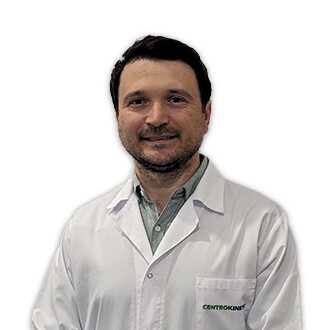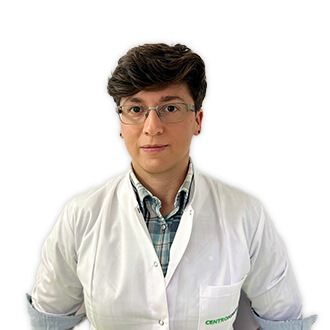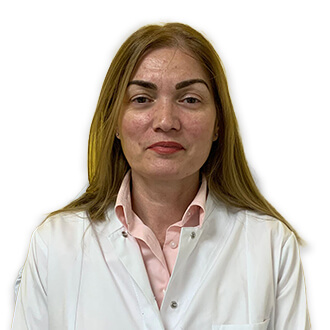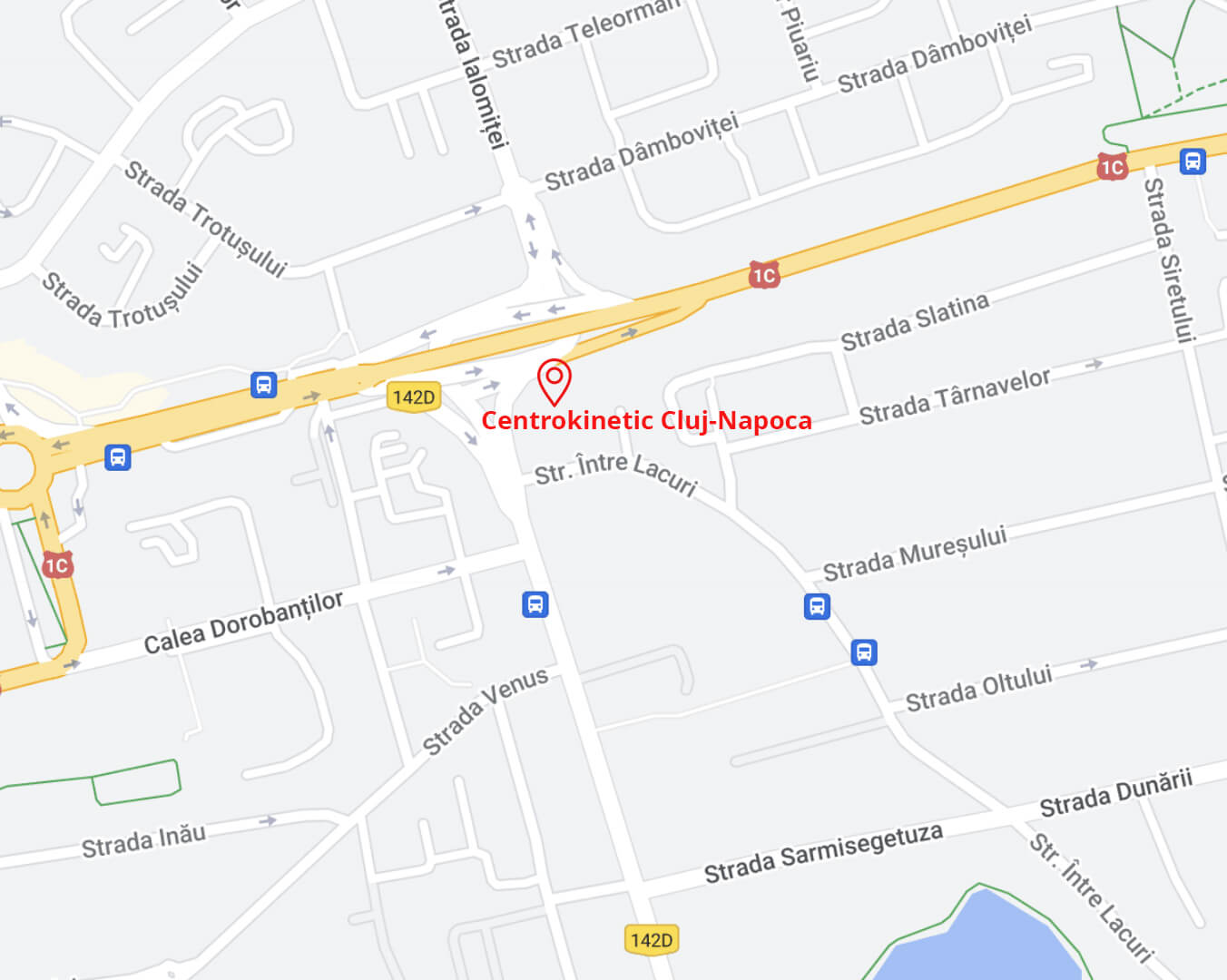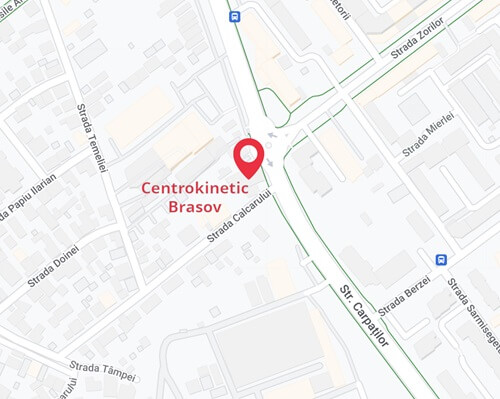
Elbow recovery
The elbow articulation is a complex articulation, being composed of three articulations: the humero-ulnar articulation, the humero-radial and the radio-ulnar articulation, all communicating with each other because the capsule is common.
The proximal epiphyses of the radius and ulna also articulate with each other through the articular circumference of the radius and the radial incision of the ulna. The bony components of the elbow are supported by means of joints, represented by:
- Joint capsule
- Ulnar collateral ligament
- Radial collateral ligament
- Square ligament
- The annular ligament
The most common pathologies at the elbow are represented by:
1. Elbow bursitis: Normally, the olecranon bursa is flattened with a small amount of fluid. If the bursa becomes inflamed, the amount of fluid encountered at this level will increase, in this case speaking of an elbow bursa. The causes are multiple and include: direct trauma, prolonged pressure on the elbow, infection, rheumatoid arthritis or gout. The symptoms are represented by pain (accentuated by elbow flexion and palpation), the skin being red, at the same time the patient complaining of fever or chills.
2. Lateral epicondylitis: it represents the inflammation of the tendons that are inserted at the level of the lateral humeral epicondyle (also called tennis elbow). Symptoms include pain in the tendon insertion area and tenderness. The diagnosis is a clinical one, completed by a soft tissue ultrasound or magnetic resonance imaging. Treatment consists of rest, NSAIDs, painkillers, cortisone therapy and physiotherapy. Surgical treatment is indicated in less than 5% of cases.
3. Medial epicondylitis: Also known as the golfer's elbow, this condition involves inflammation of the muscles that insert into the medial epicondyle of the humerus. The treatment is the same as in lateral epicondylitis.
4. Injuries of the ulnar collateral ligament: through repetitive throwing movements there is wear, stretching or rupture of this ligament. If the force felt by the soft tissues is greater than the tensile strength of the ligament, ruptures may occur in its fibers. The most important symptom is pain, athletes feel pain during the throw, especially during the acceleration phase or when clenching the fist (at this level the flexor muscles of the hand originate). If we talk about a complete rupture, a significant bruising will occur locally. The diagnosis is made following clinical examination and imaging investigations (X-ray, MRI, ultrasound, CT - less often). Conservative treatment has a very high success rate and consists of rest, NSAIDs and painkillers, local ice. If the lesion does not respond to non-surgical treatment, surgery is proposed.

5. Brachial biceps muscle rupture: : more than 50% of brachial biceps muscle ruptures occur in the long head. The rupture occurs mainly in middle-aged men, when lifting heavy weights, with the elbow flexed at 90 degrees or when the biceps contracts at an unexpected resistance. The symptoms are pain, local inflammation, bruising and local deformity in the middle of the arm (migrated muscle). The treatment of choice is surgical and consists in reattaching the long head tendon to the insertion site with the help of special anchors.
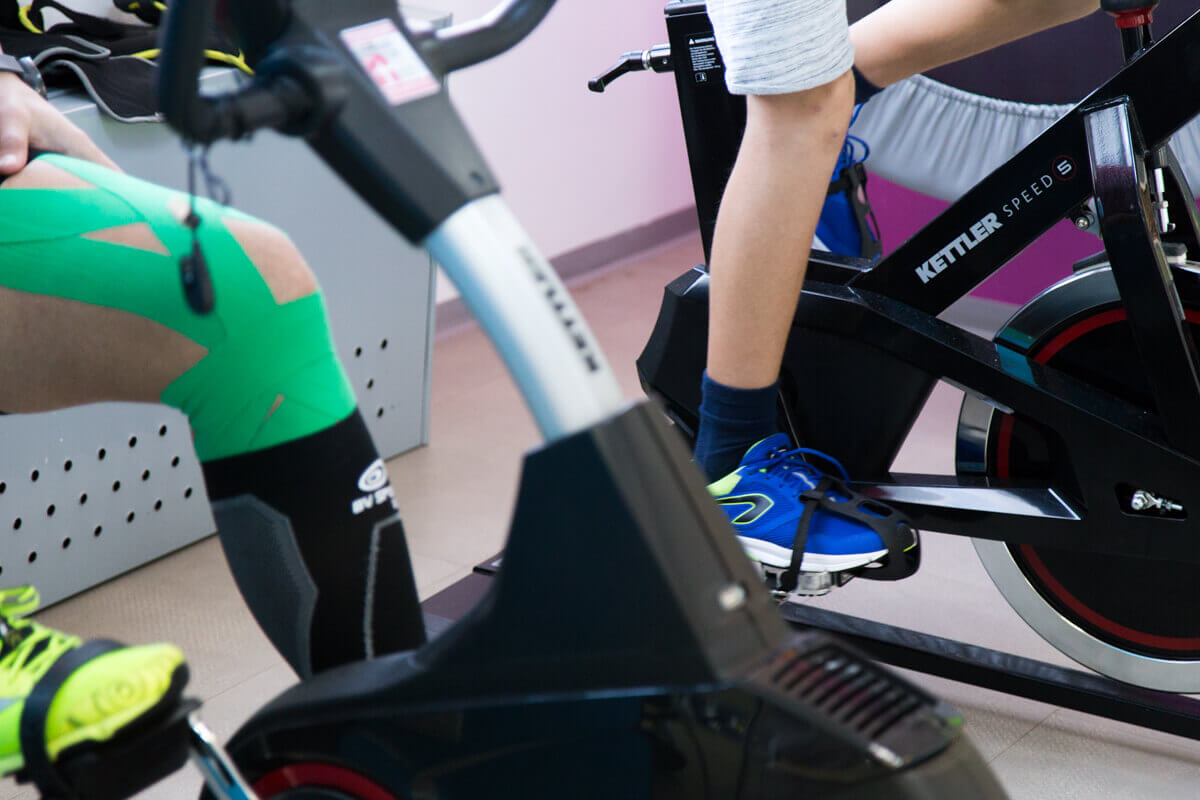
MAKE AN APPOINTMENT
FOR AN EXAMINATION
See here how you can make an appointment and the location of our clinics.
MAKE AN APPOINTMENT






























































